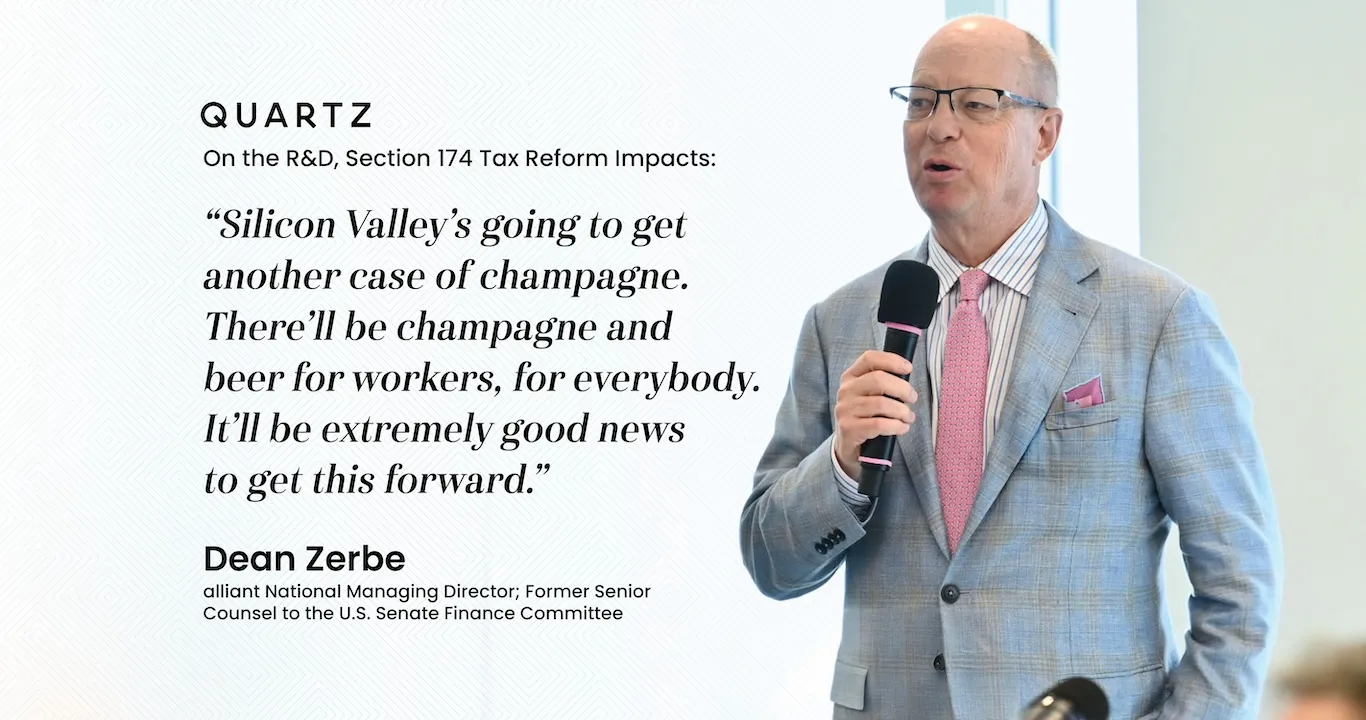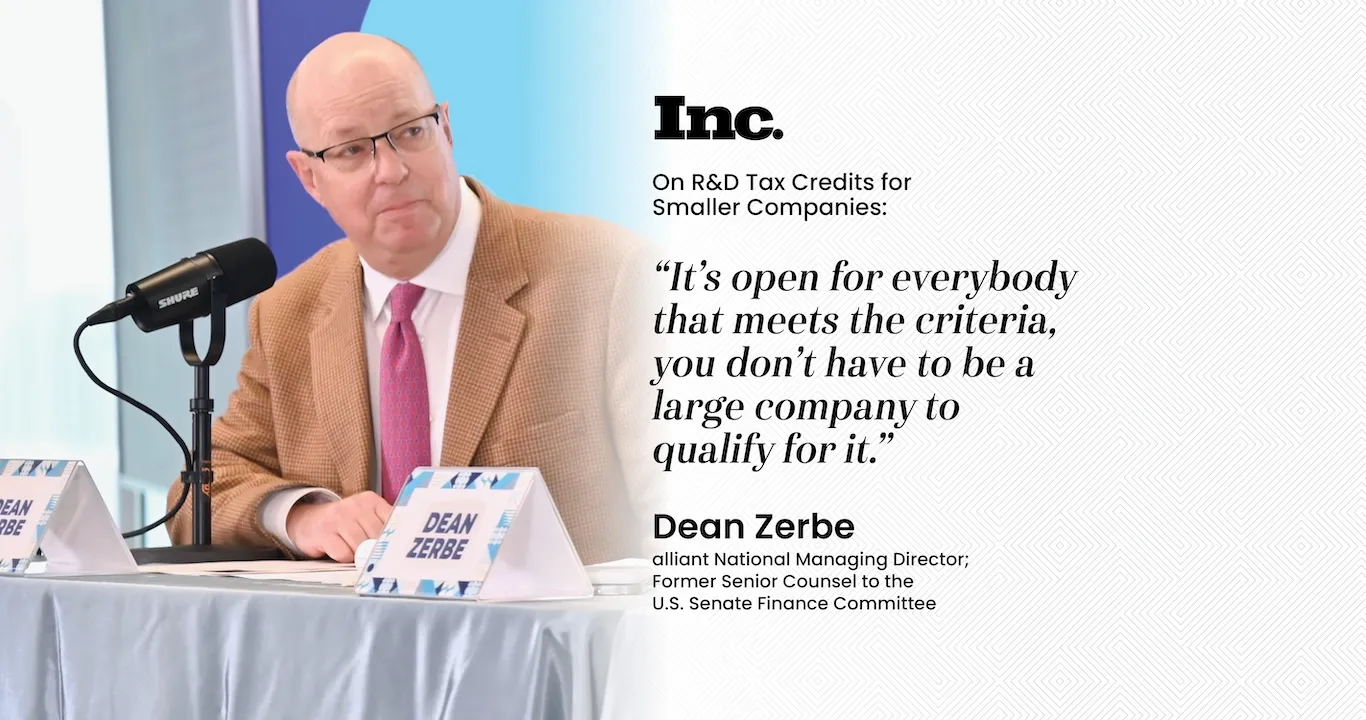The Internal Revenue Service hopes to process all of the tax correspondence, notice responses and nontax forms it receives digitally in the next two years in an effort to reduce the amount of time-consuming paper it receives in the mail.
The IRS launched what it’s calling a “paperless processing” initiative Wednesday. Taxpayers would have the option to go paperless for IRS correspondence by the 2024 filing season, with the goal of achieving paperless processing for all tax returns by filing season 2025. The IRS is making the digital push as part of the extra funding it received under last year’s Inflation Reduction Act to improve taxpayer service and technology after experiencing a long backlog of unprocessed taxpayer correspondence during the pandemic.
“Today, we are announcing that — by the next filing season — taxpayers will be able to digitally submit all correspondence, nontax forms and notice responses to the IRS,” said Treasury Secretary Janet Yellen. “Of course, taxpayers will always have the choice to submit documents by paper. For those taxpayers, by filing season 2025, the IRS is committing to digitally process 100% of tax and information returns that are submitted by paper — as well as half of all paper correspondence, non-tax forms and notice responses. It will also digitalize historical documents that are currently in storage at the IRS.”
Currently, the Treasury Department pointed out, taxpayers can’t digitally submit many types of forms and pieces of correspondence beyond their annual 1040 tax return, and the IRS is unable to digitally process the paper tax returns it receives. For decades, taxpayers needed to respond to notices for document verification via the U.S. Postal Service, and IRS employees had to manually enter the numbers from paper tax returns into computers one digit at a time, creating significant delays for taxpayers and challenges for IRS staff.
The IRS receives approximately 76 million paper tax returns and forms, and 125 million pieces of correspondence, notice responses and nontax forms every year, according to the Treasury, and its limited capacity to accept forms digitally or digitize all the paper it receives has kept it from delivering the kind of service that taxpayers expect. The IRS has over 1 billion historical documents that cost $40 million per year to store.
After receiving an infusion of $80 billion in extra funding over 10 years under the Inflation Reduction Act (which was later reduced by the deal between President Biden and House Speaker Kevin McCarthy, R-California, to avoid a debt default), the IRS is now able to let taxpayers respond to more notices directly online. The agency has made progress in deploying technology to automate the scanning of millions of paper returns. Under the next phase of its modernization efforts, the IRS is speeding up its paperless processing efforts.
By next tax season, taxpayers will be able to digitally submit all of their correspondence, nontax forms and responses to notices. The IRS is estimating that over 94% of individual taxpayers will no longer need to send mail to the agency at that point, and up to 125 million paper documents will be submitted digitally per year. However, taxpayers who wish to submit paper returns and correspondence can continue to do that.
Taxpayers will also be able to e-file 20 additional tax forms by the 2024 filing season, allowing up to 4 million more tax documents to be filed digitally every year. That includes amendments to Forms 940, 941, 941-SS and 941 (PR), some of the most common forms taxpayers file when amending their tax returns. At least 20 of the most used nontax forms will be available in digital, mobile friendly formats for taxpayers to complete and submit, including a Request for Taxpayer Advocate Service Assistance when they need help from that office.
By filing season 2025, another 150 of the most used non-tax forms will be available in digital, mobile friendly formats that can allow taxpayers to submit them with their cell phones. By then, the IRS will be able to digitally process all paper-filed tax and information returns, allowing up to 76 million paper documents to be processed digitally every year to speed up taxpayer refunds by several weeks, the Treasury Department estimates. Half of paper-submitted correspondence, nontax forms, and notice responses will be processed digitally by that time, enabling up to 60 million paper documents to be processed digitally every year.
By filing season 2026, the IRS predicts that all paper documents — including correspondence, nontax forms and notice responses — will be processed digitally, and up to 1 billion historical documents will be digitized, giving taxpayers access to their data and saving the agency an estimated $40 million in storage costs each year.




